Home>Garden Essentials>How Long Do Wildflowers Take To Germinate
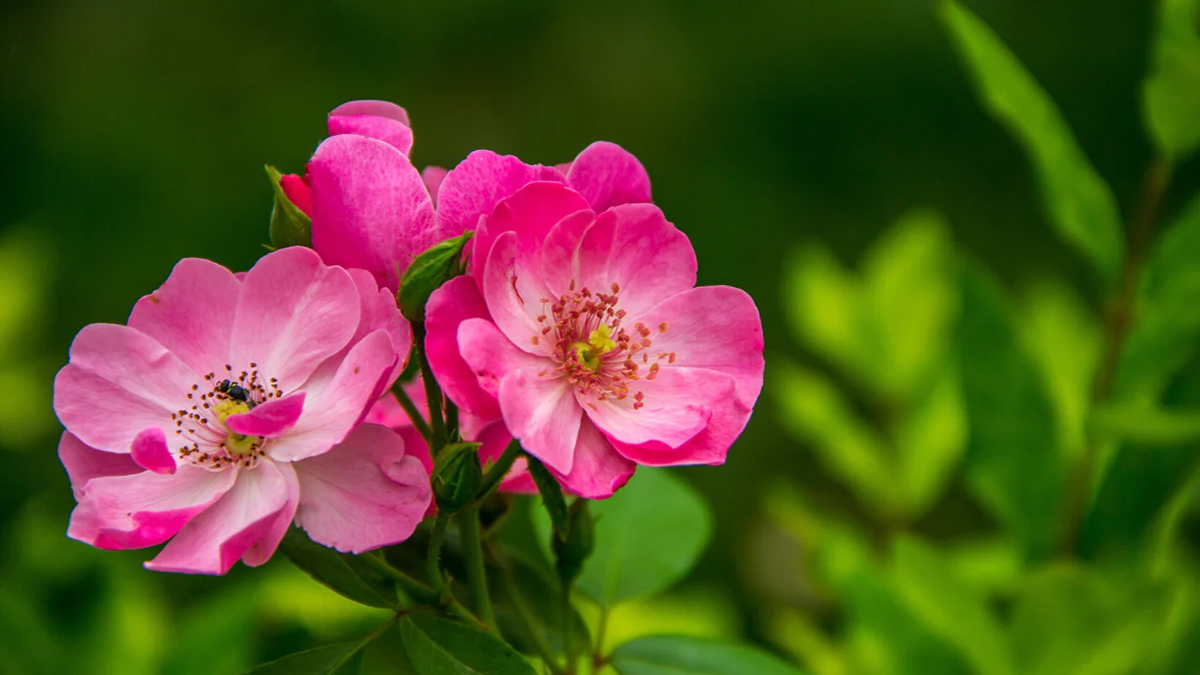

Garden Essentials
How Long Do Wildflowers Take To Germinate
Modified: March 24, 2024
Curious about how long it takes for wildflowers to germinate in your garden? Discover the germination timeline and tips to cultivate a vibrant display of blooming wildflowers
(Many of the links in this article redirect to a specific reviewed product. Your purchase of these products through affiliate links helps to generate commission for Storables.com, at no extra cost. Learn more)
Introduction
Gardening enthusiasts and nature lovers often turn to wildflowers to add beauty and biodiversity to their landscapes. These non-cultivated flowers provide a burst of color, attract pollinators, and can thrive in a variety of conditions. However, one question that frequently arises is: How long do wildflowers take to germinate?
The germination process is when a seed develops into a young plant. It is a crucial stage in the plant’s life cycle and can greatly impact its success. The length of time it takes for wildflower seeds to germinate varies depending on various factors, including the species of wildflower, environmental conditions, and seed preparation techniques.
Understanding the germination process and the factors that influence it can help gardeners and enthusiasts cultivate thriving wildflower gardens. In this article, we will explore the factors affecting germination, average germination times for common wildflower species, the importance of seed preparation, proper germination conditions, techniques for challenging species, troubleshooting, and common problems.
So, if you’re ready to delve into the world of wildflower germination, let’s get started!
Key Takeaways:
- Wildflowers have specific germination times, ranging from 5 to 21 days, depending on the species and growing conditions. Patience and proper care are key to successful wildflower gardening.
- Understanding factors like temperature, moisture, and seed preparation is crucial for creating the optimal conditions for wildflower germination. Troubleshooting common problems can increase the chances of successful germination.
Read more: How Long Do Microgreens Take To Germinate
Factors Affecting Germination of Wildflowers
Germination is a complex process influenced by various factors that determine the success and speed of seed development. Understanding these factors is essential for creating optimal conditions for wildflower germination. Here are some key factors that affect the germination of wildflowers:
- Temperature: Wildflowers have specific temperature requirements for germination. Some prefer cooler temperatures, while others thrive in warmer conditions. Temperature also plays a role in breaking seed dormancy, allowing the seed to start the germination process.
- Moisture: Adequate moisture is crucial for seed germination. Seeds need to absorb water to initiate the germination process. However, excessive moisture can lead to rotting or fungal infections. Striking the right balance is key.
- Light: While some wildflowers require light for germination, others prefer darkness. This is known as photoblasticity. It is important to understand the light requirements of the specific wildflower species you are working with.
- Soil Quality: The quality of the soil affects germination as well. The soil should be well-drained to prevent waterlogging, which can be detrimental to seedlings. Additionally, it should have adequate levels of nutrients necessary for healthy growth.
- Seed dormancy: Some wildflower seeds have built-in mechanisms of dormancy that prevent immediate germination. This dormancy can be overcome by factors like temperature fluctuations, scarification (breaking the seed coat), or exposure to certain chemicals.
- Competition: Wildflowers can face competition from other plants for resources like sunlight, water, and nutrients. In crowded areas with intense competition, germination may be delayed or unsuccessful.
- Seed age and viability: The age and viability of wildflower seeds also affect germination. Fresh seeds generally have higher germination rates compared to old or degraded seeds.
Keep in mind that these factors can vary depending on the specific wildflower species you are working with. It is essential to research the particular requirements of the wildflowers you want to grow and create the ideal conditions accordingly.
Now that we have a better understanding of the factors influencing wildflower germination, let’s explore the average germination times for common wildflower species in the next section.
Average Germination Times for Common Wildflower Species
When planning a wildflower garden, it is helpful to have an idea of the expected germination times for different species. Although germination times can vary depending on the growing conditions and seed quality, here are some average germination times for common wildflower species:
- California Poppy (Eschscholzia californica): California poppy seeds typically germinate within 7 to 14 days under suitable conditions. They prefer well-drained soil and full sunlight.
- Cosmos (Cosmos bipinnatus): Cosmos seeds generally germinate within 7 to 10 days. These vibrant flowers thrive in sunny locations with moderate moisture.
- Black-eyed Susan (Rudbeckia hirta): Black-eyed Susan seeds typically take around 10 to 20 days to germinate. They prefer full sun and well-drained soil.
- Indian Blanket (Gaillardia pulchella): Indian blanket seeds usually germinate within 10 to 14 days. These colorful wildflowers thrive in full sun and well-drained soil.
- Purple Coneflower (Echinacea purpurea): Purple coneflower seeds often take 10 to 20 days to germinate. They prefer full sun and well-drained soil.
- Sunflower (Helianthus annuus): Sunflower seeds typically germinate within 7 to 10 days under ideal conditions. They require full sun and well-drained soil.
- Blanket Flower (Gaillardia aristata): Blanket flower seeds usually germinate within 14 to 21 days. These vibrant flowers thrive in full sun and well-drained soil.
- Coreopsis (Coreopsis lanceolata): Coreopsis seeds generally germinate within 10 to 14 days. They prefer full sun and well-drained soil.
- Lupine (Lupinus spp.): Lupine seeds often take 14 to 21 days to germinate. They prefer cool temperatures and well-drained soil.
- Marigold (Tagetes spp.): Marigold seeds typically germinate within 5 to 7 days. They thrive in full sun and well-drained soil.
Remember, these germination times are approximate and can vary based on the specific environmental conditions and quality of the seeds. It’s important to be patient and provide the necessary care to encourage successful germination.
Next, let’s explore the importance of seed preparation for successful wildflower germination.
Importance of Seed Preparation for Successful Germination
Proper seed preparation is crucial for maximizing germination rates and ensuring successful wildflower cultivation. While some seeds may germinate easily without any special treatment, others may benefit from specific seed preparation techniques. Here are a few reasons why seed preparation is important:
- Breaking Seed Dormancy: Many wildflower seeds have built-in mechanisms of dormancy that prevent immediate germination. Seed preparation techniques such as scarification, stratification, or soaking can help break seed dormancy and stimulate germination.
- Enhancing Water Absorption: Some wildflower seeds have hard seed coats that can inhibit water absorption. By scarifying or soaking the seeds before sowing, you can improve water penetration and kickstart the germination process.
- Increasing Germination Uniformity: Certain wildflower species may have uneven germination rates, with some seeds sprouting earlier than others. By pre-treating or stratifying the seeds, you can promote more consistent and synchronized germination.
- Boosting Germination Speed: Seed preparation techniques can help speed up the germination process, allowing you to enjoy the beauty of your wildflowers sooner. This is particularly beneficial if you have a short growing season or want faster results.
- Improving Overall Germination Success: Proper seed preparation can improve the overall germination success rate by providing optimal conditions for the seeds to sprout. It helps overcome potential barriers and increases the chances of healthy seedling development.
Seed preparation techniques vary depending on the species of wildflower you are working with. Scarification involves scratching or nicking the seed coat to improve water absorption. Stratification involves exposing seeds to cold temperatures to simulate the natural winter conditions they require for germination. Soaking seeds in water or a diluted seedling hormone solution can also aid in breaking seed dormancy.
Before applying any seed preparation technique, it is important to research the specific requirements of the wildflower species you are working with. Some seeds may require specialized treatment, while others may not need any preparation at all.
By taking the time to properly prepare your wildflower seeds, you can greatly enhance their germination potential and set the stage for a successful garden. Now, let’s move on to the next section, where we’ll discuss the proper conditions for germinating wildflower seeds.
Wildflowers can take anywhere from 1-3 weeks to germinate, depending on the species. Some may take longer, so be patient and provide consistent moisture and sunlight for best results.
Proper Conditions for Germinating Wildflower Seeds
Creating the right conditions for germinating wildflower seeds is essential to ensure successful sprouting and healthy plant growth. Here are some key factors to consider when providing the proper conditions for germination:
- Temperature: Most wildflower seeds germinate best within a specific temperature range. It is important to research the temperature requirements of the particular wildflower species you are working with. Typically, a temperature range of 60-75°F (15-24°C) is suitable for many common wildflowers.
- Moisture: Adequate moisture is crucial during the germination process. The soil should be evenly moist, but not soaked or waterlogged, as excess moisture can cause rotting. It is recommended to water the soil before sowing the seeds and to maintain consistent moisture levels throughout germination.
- Light: Light requirements vary among different wildflower species. Some seeds require light to germinate, while others prefer darkness. If light is necessary for germination, avoid burying the seeds too deeply in the soil. On the other hand, seeds that require darkness should be lightly covered with soil.
- Soil Quality: Choose a well-drained soil mix specifically designed for wildflowers or create your own by mixing equal parts of compost, sand, and garden soil. Good drainage is essential to prevent waterlogging and root rot.
- Air Circulation: Adequate air circulation helps prevent the development of mold or fungal diseases on the seeds or seedlings. Avoid overcrowding the seeds and ensure proper spacing between them.
It is important to note that different wildflower species have specific requirements, so it is crucial to research the needs of the particular seeds you are working with. Some seeds may benefit from stratification or scarification techniques, which we discussed earlier, to break seed dormancy and improve germination rates.
Another key aspect to consider is timing. Some wildflower seeds require specific conditions or seasonal cues to germinate successfully. Research the ideal time to sow the seeds, whether it’s in early spring, fall, or a specific time frame based on your local climate.
By providing the proper conditions, you can create an environment that encourages successful germination and sets the stage for healthy growth in your wildflower garden.
Now that we’ve covered the proper conditions for germinating wildflower seeds, it’s time to explore germination techniques for challenging wildflower species in the next section.
Read more: How Long Do Petunias Take To Germinate
Germination Techniques for Challenging Wildflower Species
While many wildflower species have straightforward germination requirements, some can be more challenging to propagate successfully. If you’re working with particularly difficult wildflower seeds, here are some germination techniques that can help improve your chances of success:
- Stratification: Some wildflower seeds require a period of cold stratification to simulate winter conditions and break dormancy. Place the seeds in a moist paper towel or a plastic bag with a damp substrate, and store them in the refrigerator for a specific duration, typically a few weeks to a few months, depending on the species. After stratification, sow the seeds in the appropriate growing medium.
- Scarification: Seeds with hard outer coats may benefit from scarification, which involves nicking or scratching the seed coat to allow moisture to penetrate and trigger germination. You can use sandpaper, a file, or even carefully nick the seed coat with a knife. Take care not to damage the seed embryo.
- Soaking: Some wildflower seeds can benefit from soaking in water or a diluted seedling hormone solution before planting. This helps soften the seed coat and promote water absorption. Soak the seeds for the recommended duration specified for the particular species.
- Pre-chilling: Similar to stratification, pre-chilling involves exposing the seeds to cooler temperatures for a specific period. It helps break dormancy and stimulate germination. Place the seeds in a damp substrate in a sealed container and refrigerate them for the specified duration.
- Hot Water Treatment: Certain wildflower seeds have hard coats that can be tough to crack. Hot water treatment involves soaking the seeds in hot water for a short period to soften the seed coat, making it easier for the seed to germinate. Follow specific instructions for temperature and duration provided for the particular species.
It’s important to note that not all wildflower species require these techniques, but they can be helpful for challenging seeds that have low germination rates or specific dormancy requirements. Always research the germination needs of the specific wildflower species you’re working with before applying any of these techniques. Using the wrong treatment can potentially harm the seeds.
With a little extra effort and the use of these germination techniques, you can increase your chances of successfully propagating challenging wildflower species and enjoy their beauty in your garden.
Now let’s move on to the next section, where we’ll discuss germination troubleshooting and common problems that may arise.
Germination Troubleshooting and Common Problems
While wildflower germination is an exciting process, it can sometimes be accompanied by challenges and common problems. Here are a few common issues that may arise during germination and some troubleshooting tips:
- Poor Germination: If your seeds are not germinating or germination rates are low, the issue may be related to improper conditions or poor seed quality. Double-check the temperature, moisture, light, and other requirements for the specific species. Additionally, ensure you’re using fresh, viable seeds from a reputable source.
- Mold or Fungal Growth: Excessive moisture or poor air circulation can lead to mold or fungal growth on the seeds or seedlings. To prevent this, make sure the soil is adequately draining and avoid overwatering. Increase airflow by providing proper ventilation or using a small fan to circulate air around the seedlings.
- Seedling Damping Off: Damping off is a fungal disease that causes seedlings to collapse and die. It is often caused by overly moist conditions and poor air circulation. Ensure proper drainage, avoid overcrowding the seedlings, and maintain appropriate moisture levels to prevent damping off.
- Insect or Pest Damage: Some wildflower seeds and seedlings can be vulnerable to pests or insects. Monitor your plants regularly and take appropriate measures to protect them, such as using organic pest control methods or natural repellents.
- Uneven Germination: If you notice that some seeds are germinating earlier than others, it could be due to variations in conditions, seed quality, or seed dormancy. Be patient and give the slower seeds more time to germinate. If necessary, you can also perform stratification or scarification techniques to promote more synchronized germination.
- Lack of Germination: If you’ve followed all the proper techniques and conditions but still experience a lack of germination, it’s possible that the seeds are not viable or have been damaged. Check the seed viability by performing a germination test before planting a large batch of seeds.
If you encounter any issues during the germination process, don’t get discouraged. Gardening is a learning experience, and it may take some trial and error to achieve successful germination. Remember to keep records of your efforts and make adjustments based on your observations.
By troubleshooting common germination problems and addressing them promptly, you can increase your chances of success and enjoy a thriving wildflower garden.
Now that we’ve covered germination troubleshooting and common problems, let’s wrap up this article in the next section.
Conclusion
Growing wildflowers from seed is a rewarding and fulfilling experience that can bring beauty and biodiversity to your garden. Understanding the factors that affect germination, average germination times for common species, the importance of seed preparation, and providing the proper conditions are essential steps towards successful wildflower cultivation.
Factors like temperature, moisture, light, soil quality, seed dormancy, competition, and seed age play crucial roles in wildflower germination. By researching the specific requirements of the wildflower species you’re working with, you can create the optimal environment for successful germination.
Proper seed preparation techniques, such as scarification and stratification, can help overcome seed dormancy and enhance germination rates. Timing is also important, as some wildflowers require specific conditions or seasonal cues to sprout.
However, it’s important to recognize that germination can sometimes come with challenges. Poor germination, mold/fungal growth, damping off, insect damage, uneven germination, and lack of germination are common problems that may arise. By troubleshooting these issues and taking appropriate measures, you can increase your chances of success.
Remember, each wildflower species is unique and may have specific requirements. It’s essential to research and understand the needs of the wildflowers you want to grow to provide the best conditions for germination.
So, whether you’re starting a wildflower garden or adding wildflowers to your existing landscape, embrace the journey of germination, be patient, and enjoy the beauty of these remarkable flowers as they bloom and thrive.
Happy wildflower gardening!
Frequently Asked Questions about How Long Do Wildflowers Take To Germinate
Was this page helpful?
At Storables.com, we guarantee accurate and reliable information. Our content, validated by Expert Board Contributors, is crafted following stringent Editorial Policies. We're committed to providing you with well-researched, expert-backed insights for all your informational needs.
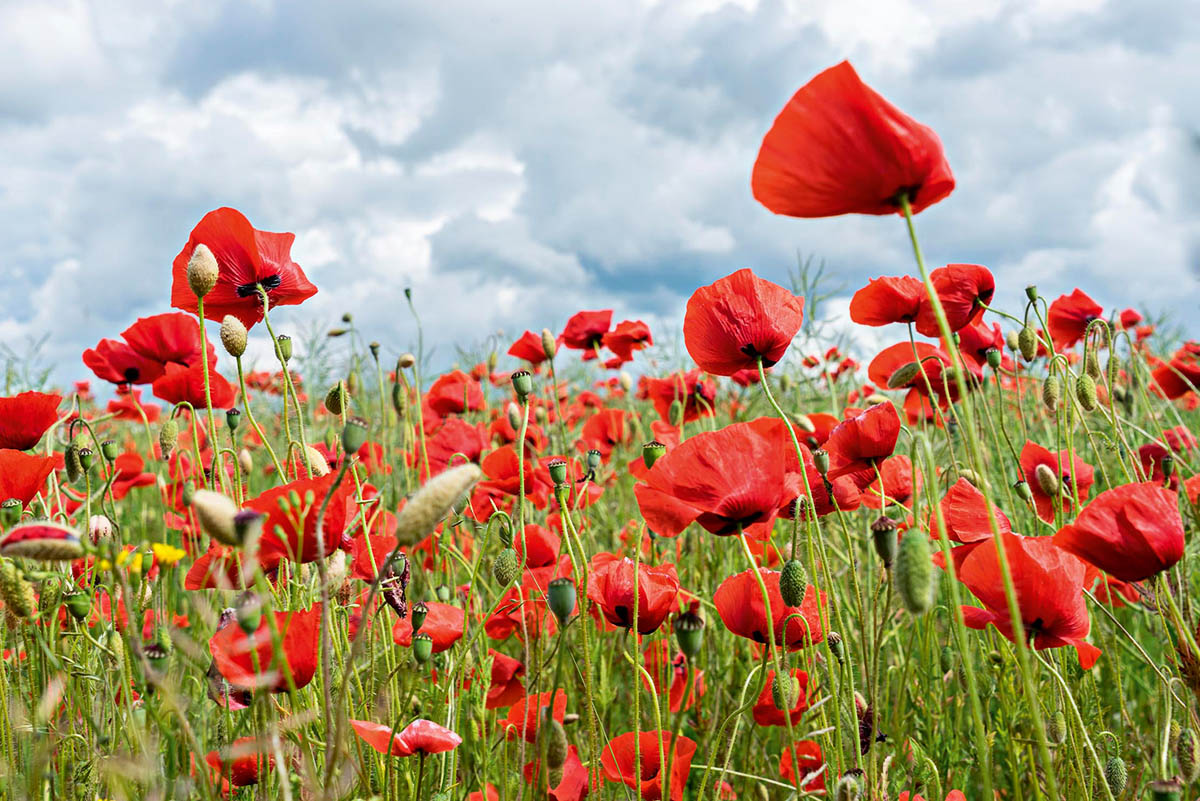
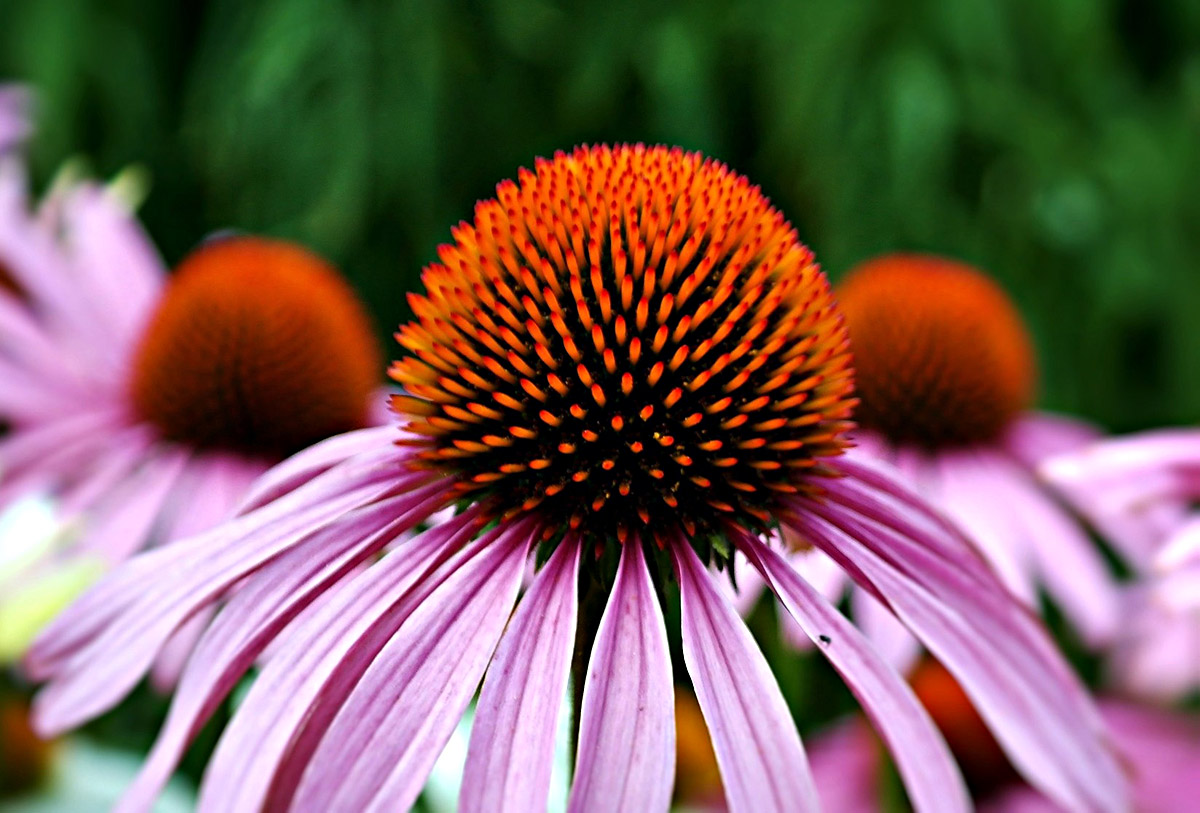
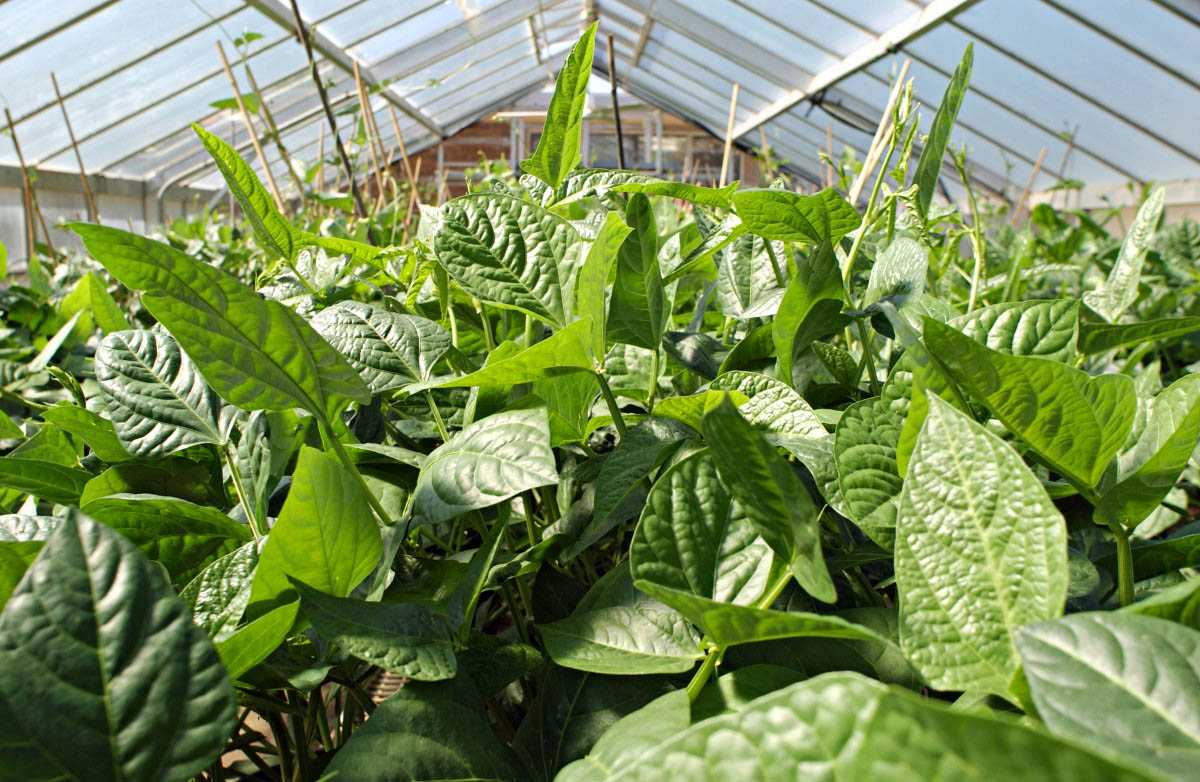
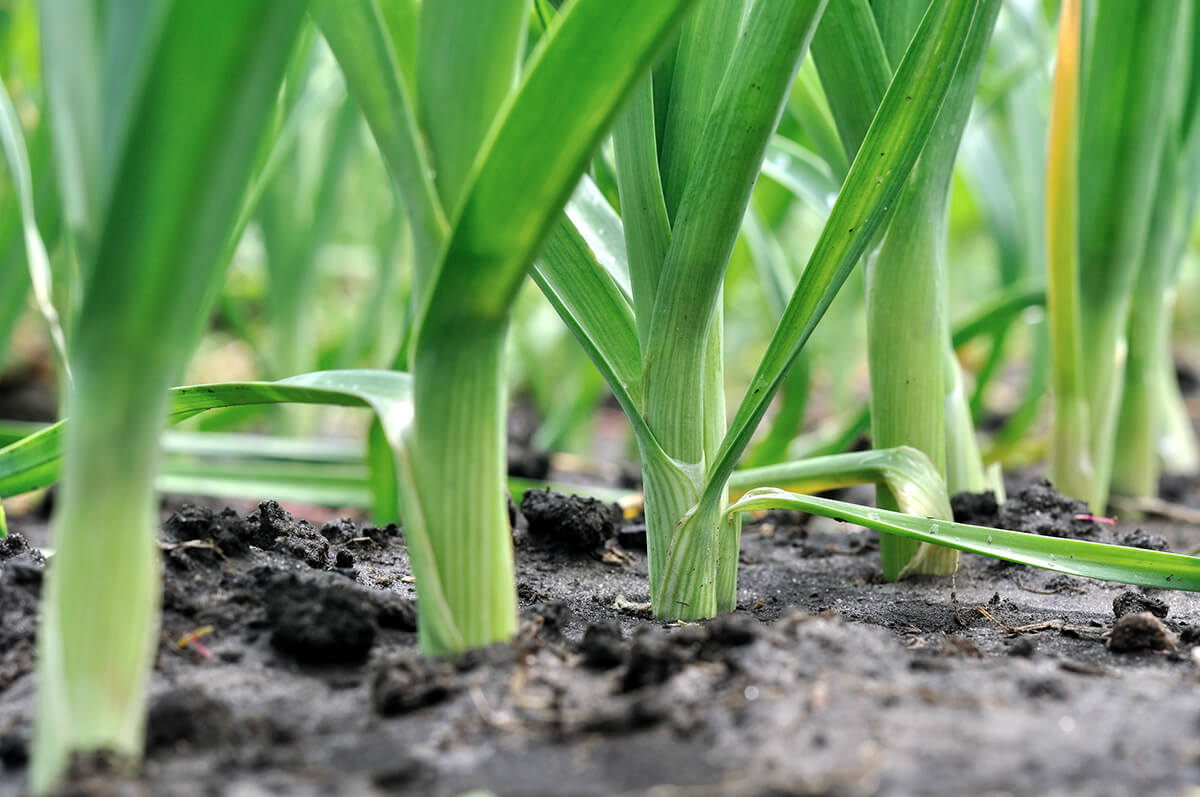
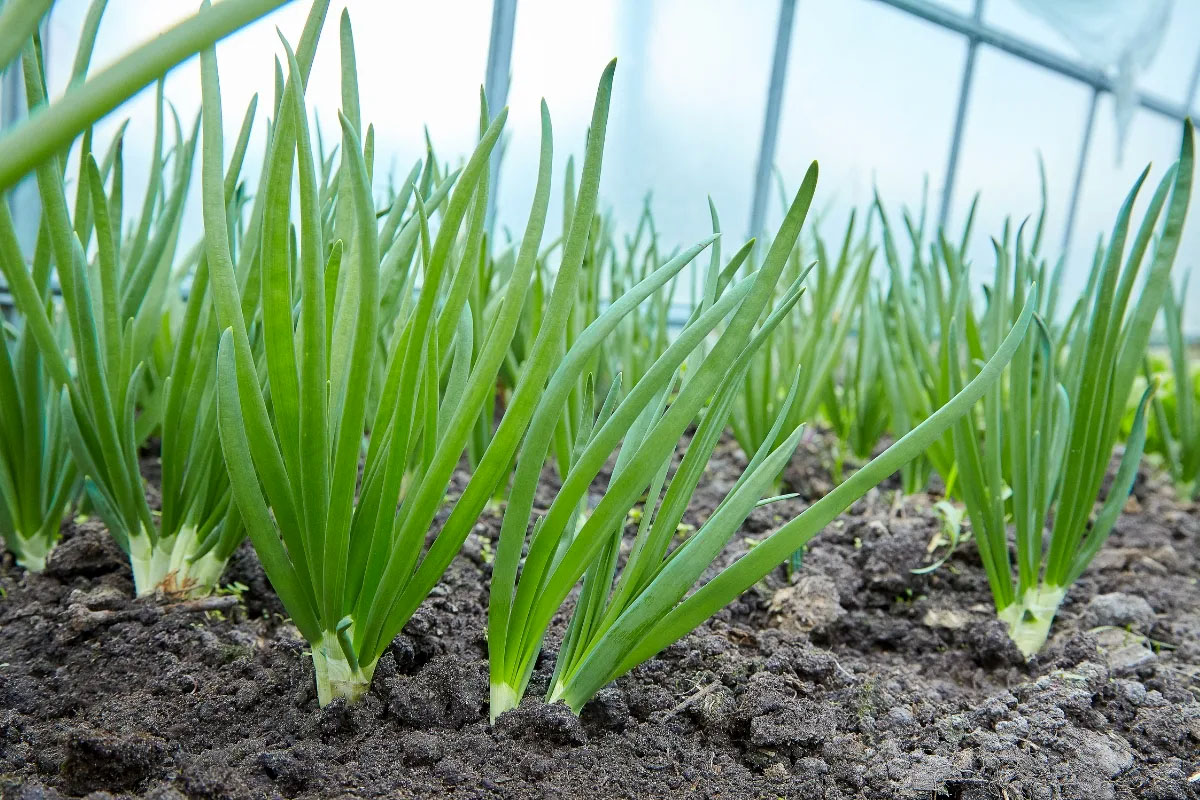
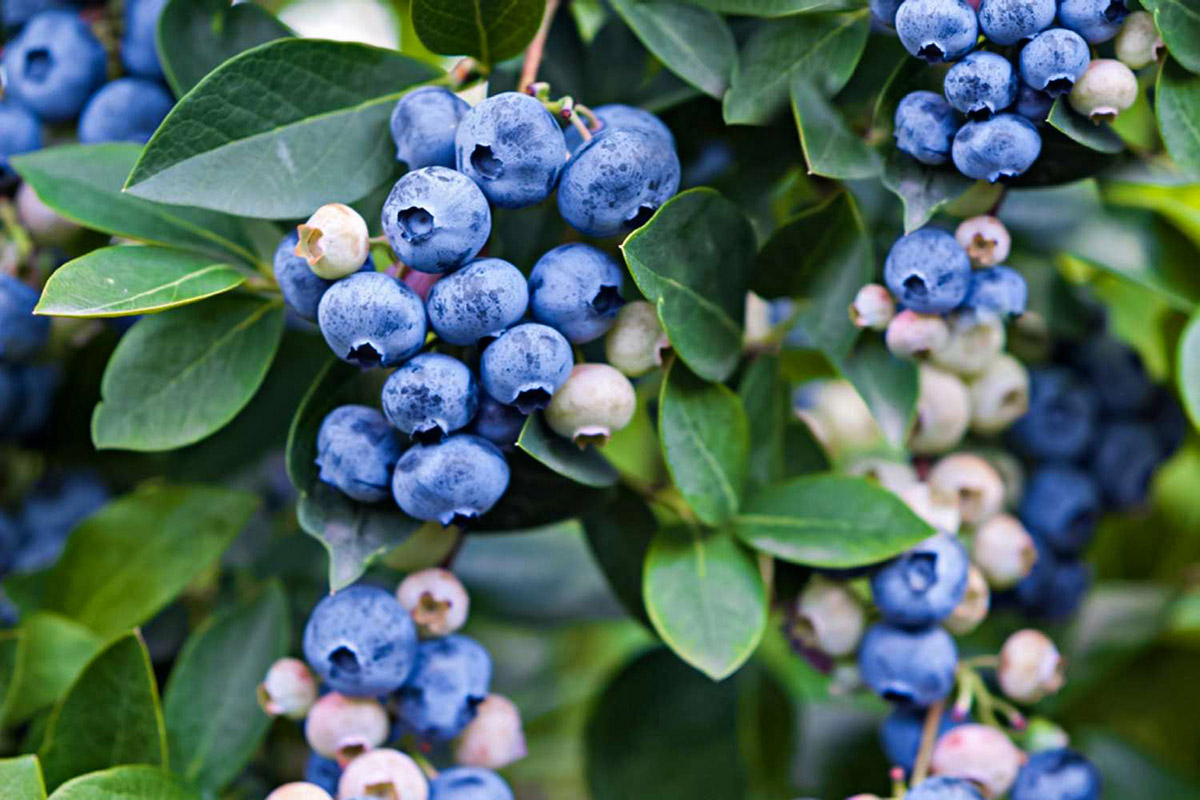
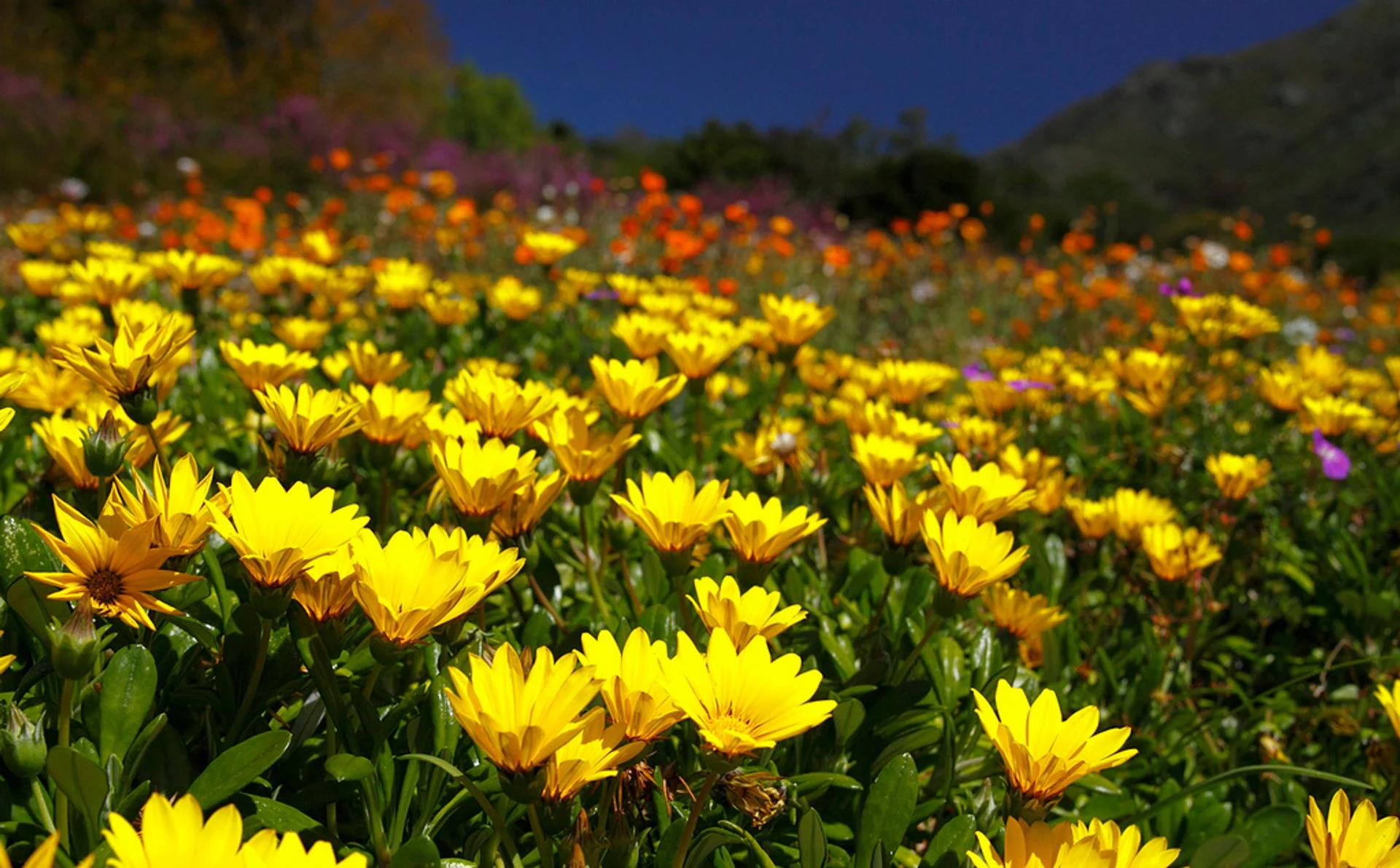
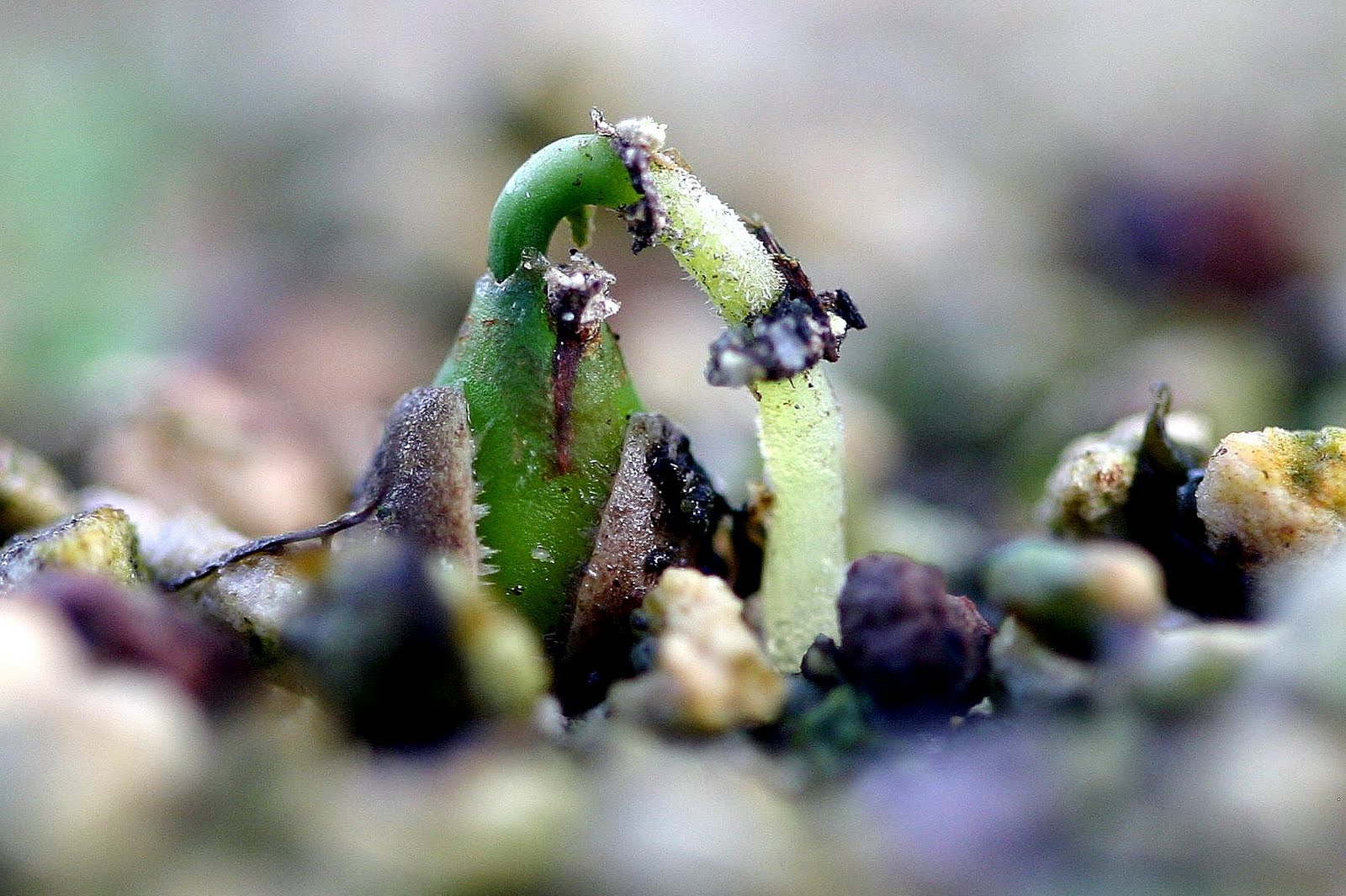
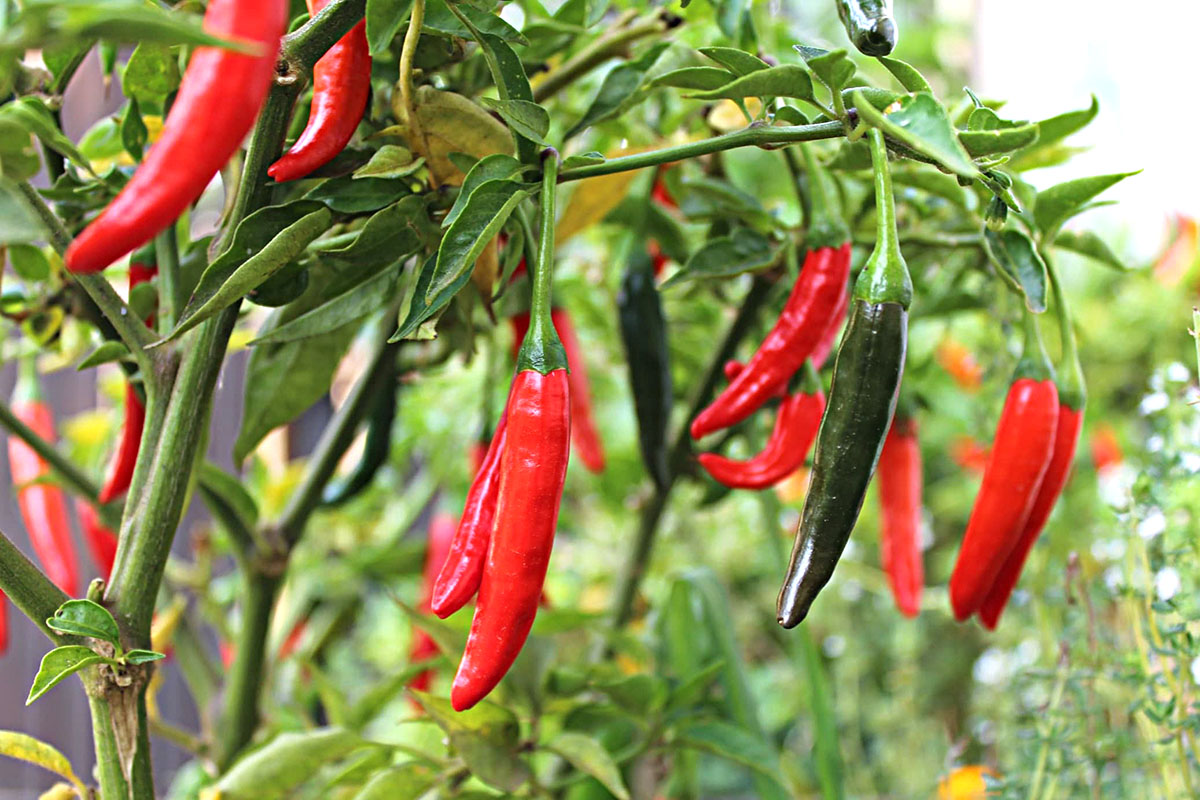
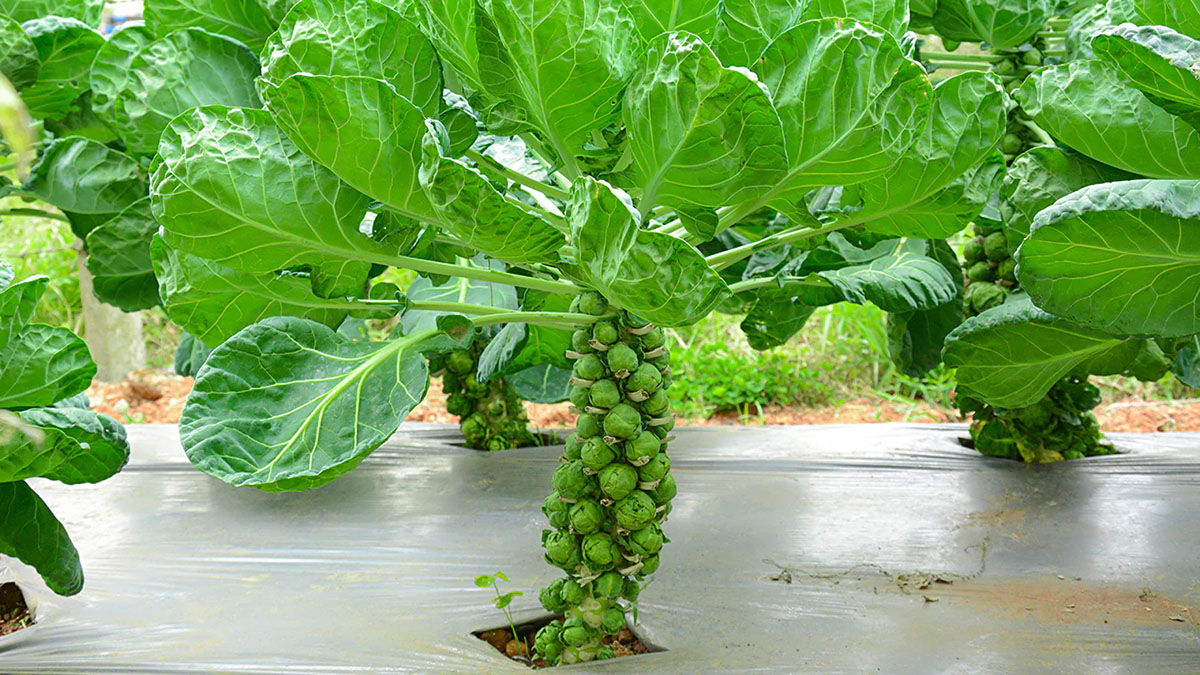
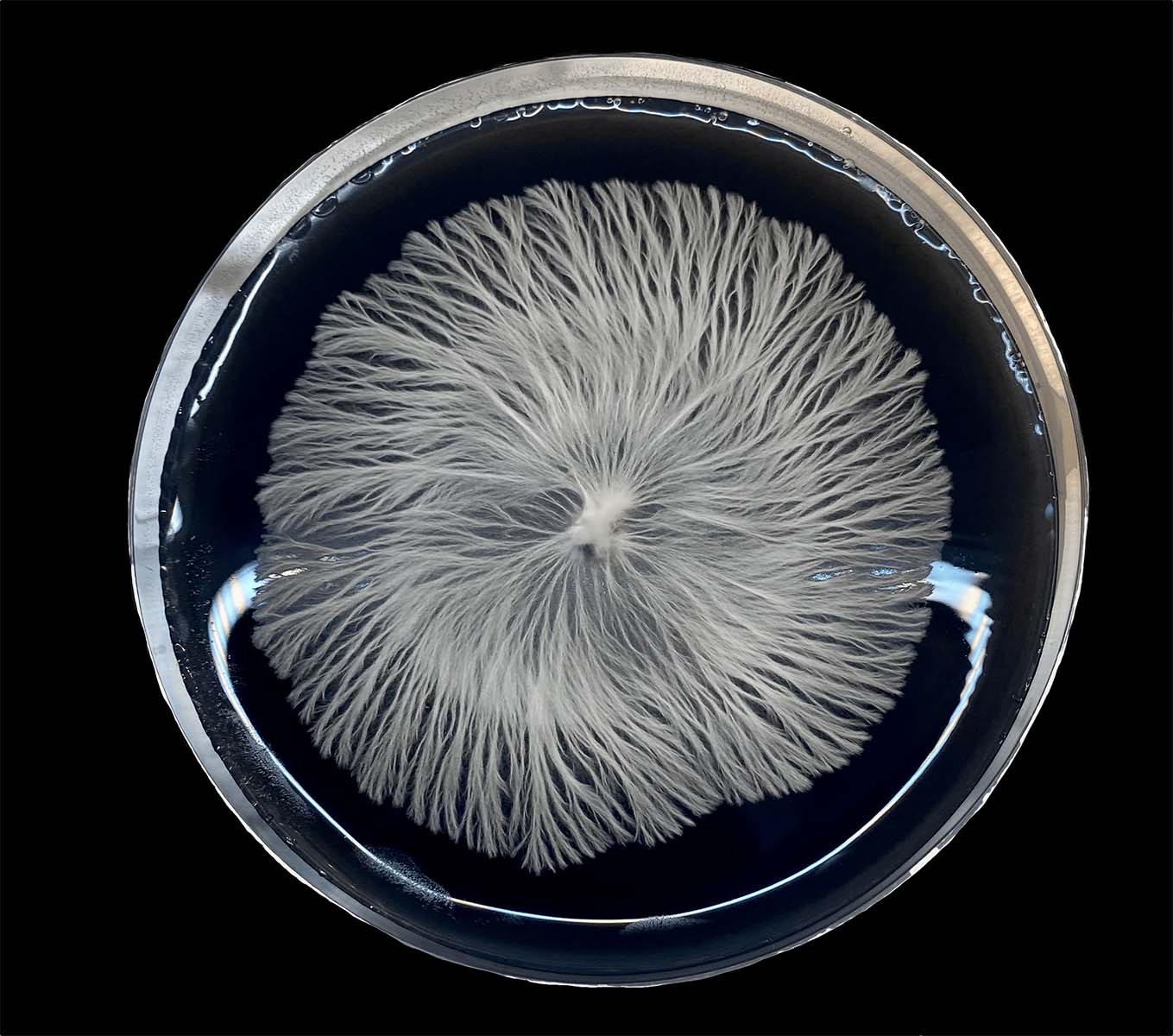
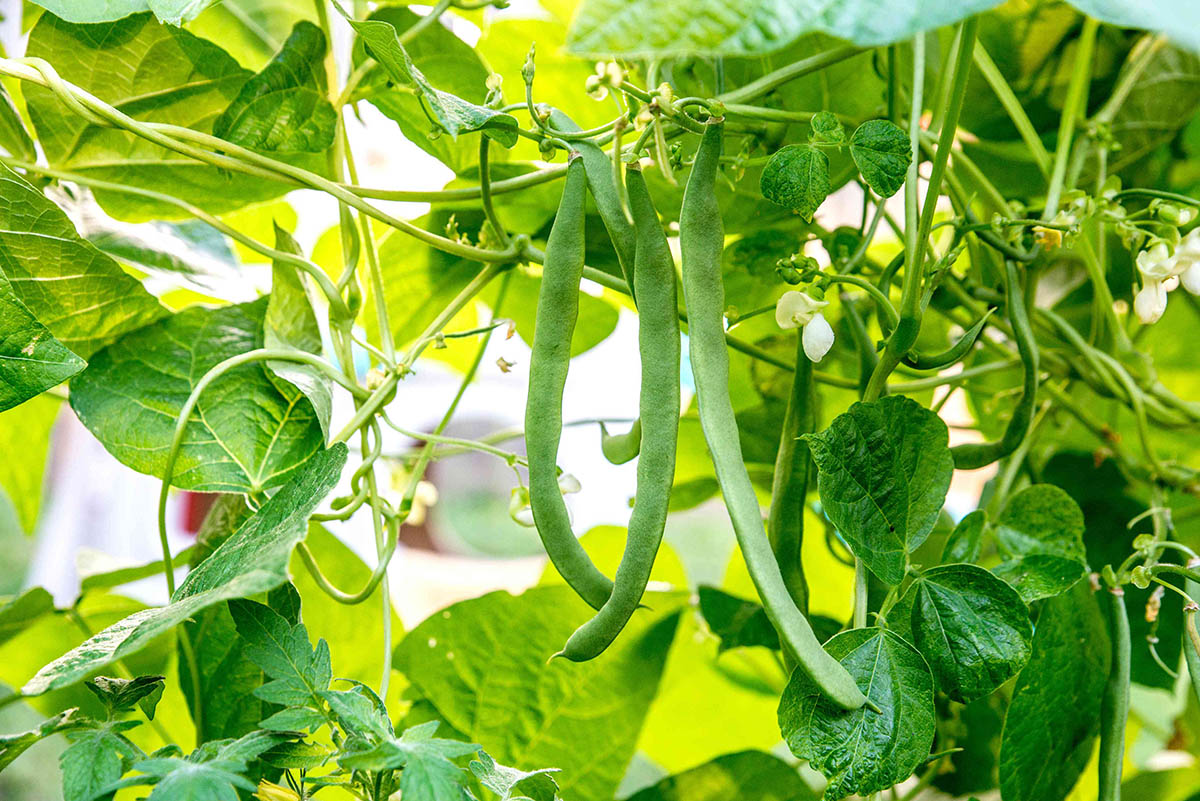
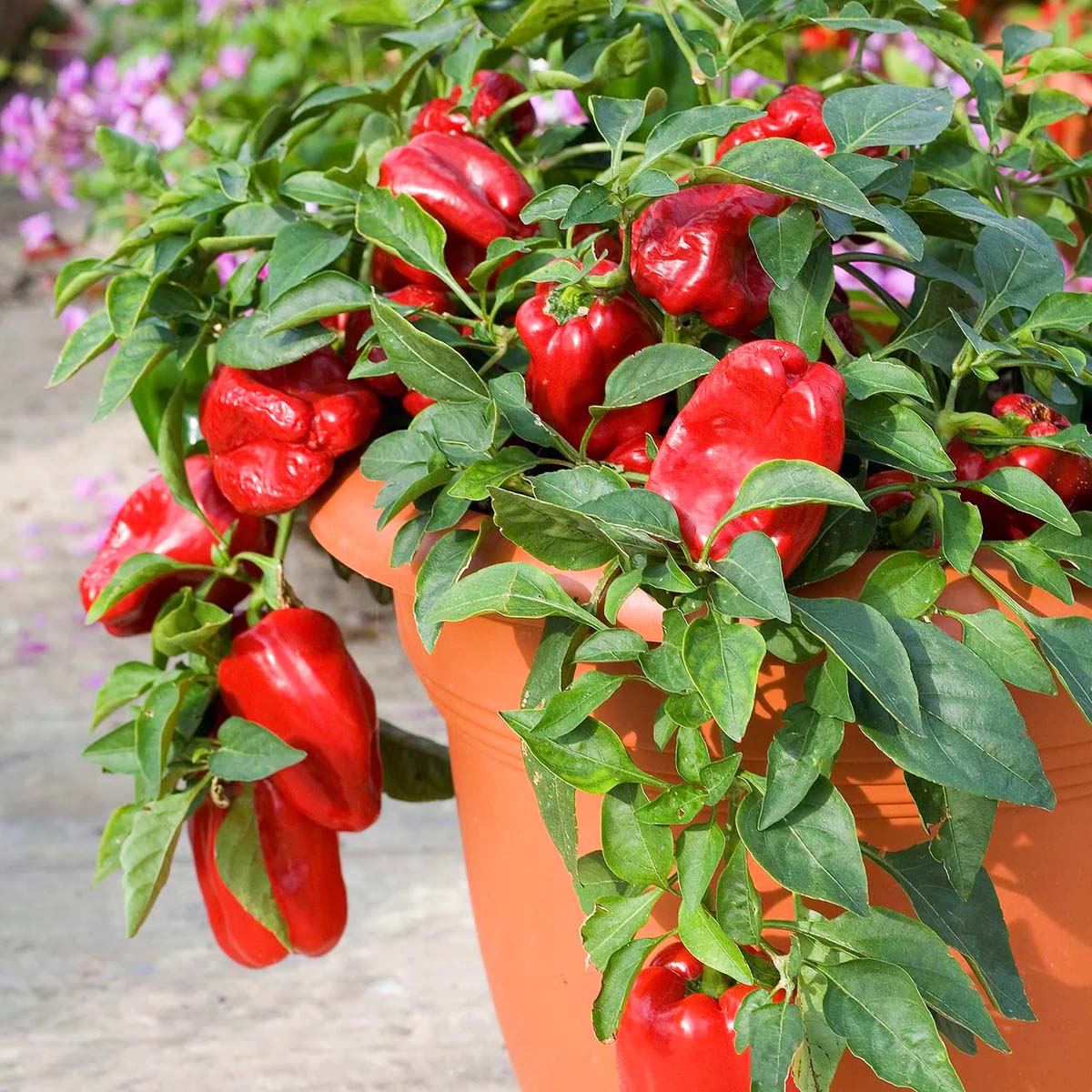
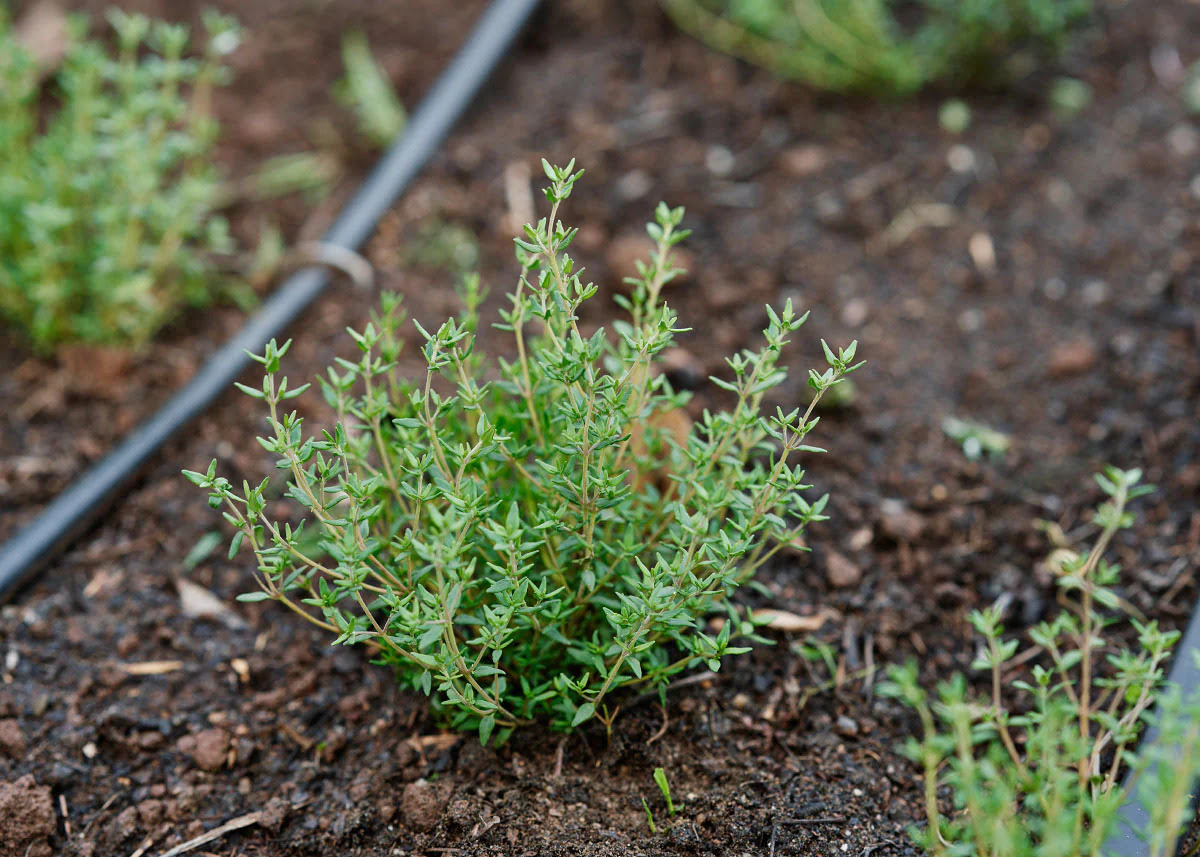

0 thoughts on “How Long Do Wildflowers Take To Germinate”